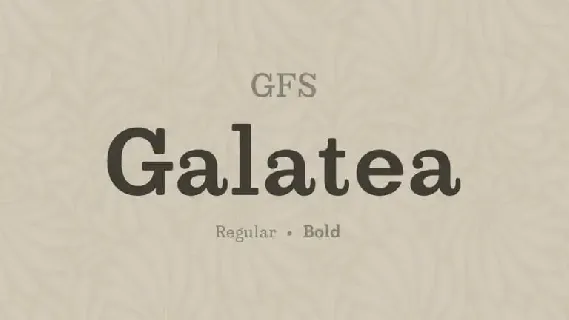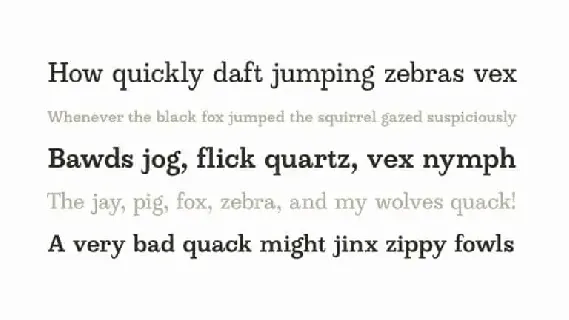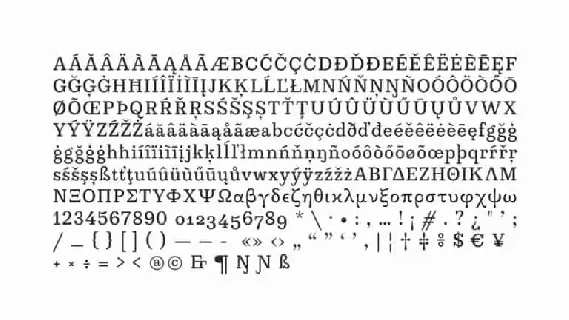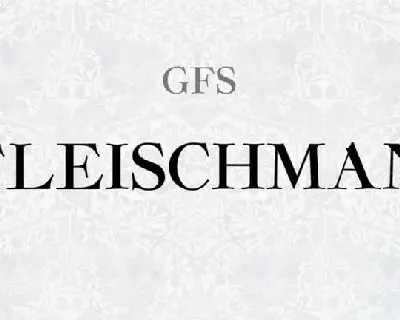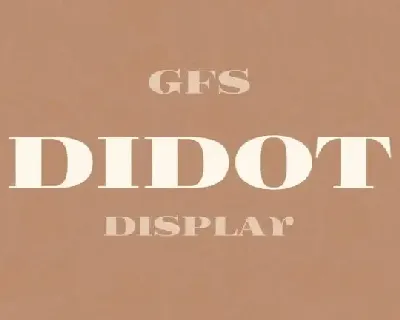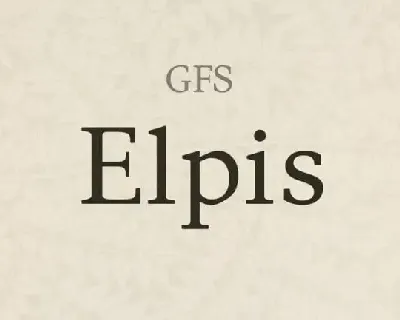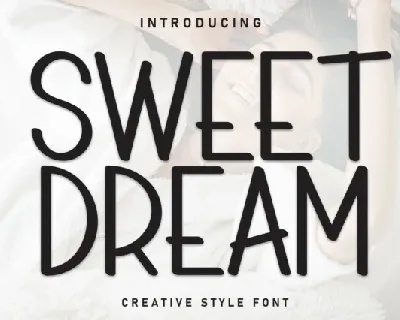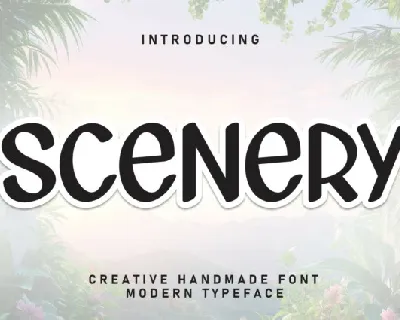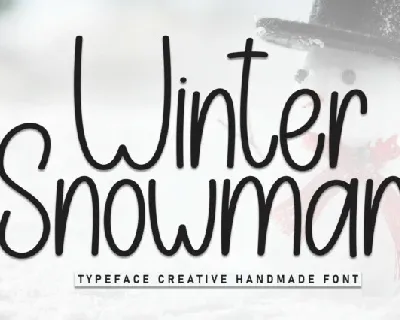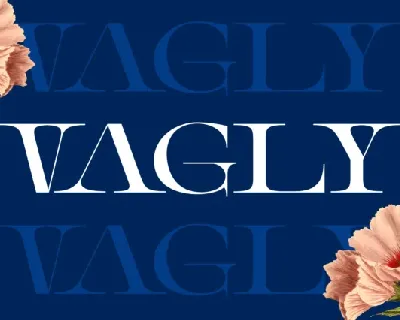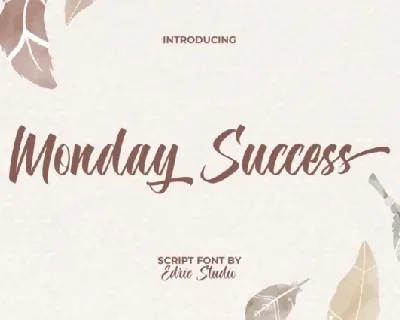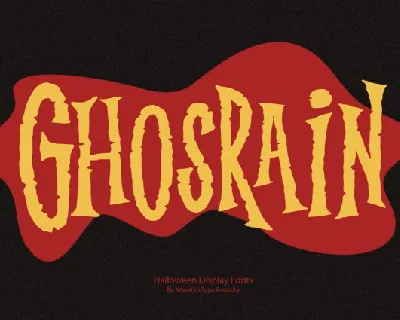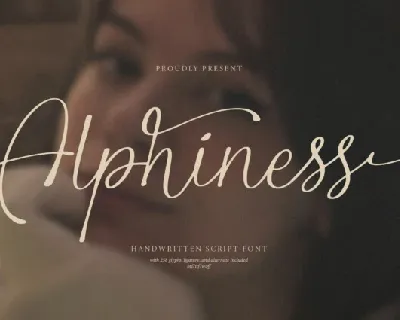OFL-FAQ
OFL FAQ - Frequently Asked Questions about the SIL Open Font License (OFL)
Version 1.0 - 22 November 2005
(See http://scripts.sil.org/OFL for updates)
1 ABOUT USING AND DISTRIBUTING FONTS LICENSED UNDER THE OFL
1.1 Can I use the fonts in any publication, even embedded in the file?
Yes. You may use them like most other fonts, but unlike some fonts you may include an embedded subset of the fonts in your document. Such use does not require you to include this license or other files (listed in OFL condition 2), nor does it require any type of acknowledgement within the publication. Some mention of the font name within the publication information (such as in a colophon) is usually appreciated. If you wish to include the complete font as a separate file, you should distribute the full font package, including all existing acknowledgements, and comply with the OFL conditions. Of course, referencing or embedding an OFL font in any document does not change the license of the document itself. The resulting document is not a derivative anymore than a compiled program is a derivative of a compiler. Similarly, creating a graphic using an OFL font does not make the resulting artwork subject to the OFL.
1.2 Can I make web pages using these fonts?
Yes! Go ahead! Using CSS (Cascading Style Sheets) is recommended.
1.3 Can I make the fonts available to others from my web site?
Yes, as long as you meet the conditions for use (include the necessary files, don't abuse the Author(s)' names, rename Modified Versions, do not sublicense and do not sell by itself).
1.4 Can the fonts be included with free and open source software distributions (such as GNU/Linux and BSD distributions)?
Yes! The OFL is compatible with most FLOSS (Free/Libre and Open Source Software) licenses. You can also repackage the fonts and the accompanying components in a .rpm or .deb package and include them in distro CD/DVDs and online repositories.
1.5 I want to distribute the fonts with my program. Does this mean my program also has to be free and open source software?
No. Only the portions based on the font software are required to be released under the OFL. The intent of the license is to allow aggregation or bundling also with software under restricted licensing.
1.6 Can I include the fonts on a CD of freeware or commercial fonts?
Yes, as long some other font or software is also on the disk, so the OFL font is not sold by itself.
1.7 Can I sell a software package that includes these fonts?
Yes, you can do this with both the Standard Version and a Modified Version. Examples of bundling made possible by the OFL would include: word processors, design and publishing applications, training and educational software, edutainment software, etc.
1.8 Why won't the OFL let me sell the fonts alone?
The intent is to keep people from making money by simply redistributing the fonts. The only people who ought to profit directly from the fonts should be the original authors, and those authors have kindly given up potential income to distribute their fonts under the OFL. Please honor and respect their contribution!
1.9 I've come across a font released under the OFL. How can I easily get more information about the Standard Version? How can I know where it stands compared to the Standard Version or other Modified Versions?
Consult the copyright statement in the license for how to contact the original authors. Consult the FONTLOG for information on if and how the font differs from the Standard Version, and get in touch with the various contributors via the information in the acknowledgment section. Please consider using the Standard Versions of the fonts whenever possible.
1.10 What do you mean in condition 4? Can you provide examples of abusive promotion / endorsement / advertisement vs. normal acknowledgement?
The intent is that the goodwill and reputation of the authors should not be used in a way that makes it sound like the original authors endorse or approve of a specific Modified Version or software bundle. For example, it would not be right to advertise a word processor by naming the authors in a listing of software features, or to promote a Modified Version on a web site by saying "designed by...". However, it would be appropriate to acknowledge the authors if your software package has a list of people who deserve thanks. We realize that this can seem to be a gray area, but the standard used to judge an acknowledgement is that if the acknowledgement benefits the authors it is allowed, but if it primarily benefits other parties, or could reflect poorly on the authors, then it is not.
2 ABOUT MODIFYING OFL LICENSED FONTS
2.1 Can I change the fonts? Are there any limitations to what things I can and cannot change?
You are allowed to change anything, as long as such changes do not violate the terms of the license. In other words, you could not remove the copyright statement from the font, but you could add additional information into it that covers your contribution.
2.2 I have a font that needs a few extra glyphs - can I take them from an OFL licensed font and copy them into mine?
Yes, but if you distribute that font to others it must be under the OFL, and include the information mentioned in condition 2 of the license.
2.3 Can I charge people for my additional work? In other words, if I add a bunch of special glyphs and/or OpenType/Graphite code, can I sell the enhanced font?
Not by itself. Derivative fonts must be released under the OFL and cannot be sold by themselves. It is permitted, however, to include them in a larger software package (such as text editors, office suites or operating systems), even if the larger package is sold. In that case, you are strongly encouraged, but not required, to also make that derived font easily and freely available outside of the larger package.
2.4 Can I pay someone to enhance the fonts for my use and distribution?
Yes. This is a good way to fund the further development of the fonts. Keep in mind, however, that if the font is distributed to others it must be under the OFL. You won't be able to recover your investment by exclusively selling the font, but you will be making a valuable contribution to the community. Please remember how you have benefitted from the contributions of others.
2.5 I need to make substantial revisions to the font to make it work with my program. It will be a lot of work, and a big investment, and I want to be sure that it can only be distributed with my program. Can I restrict its use?
No. If you redistribute a Modified Version of the font it must be under the OFL. You may not restrict it in any way. This is intended to ensure that all released improvements to the fonts become available to everyone. But you will likely get an edge over competitors by being the first to distribute a bundle with the enhancements. Again, please remember how you have benefitted from the contributions of others.
2.6 Do I have to make any derivative fonts (including source code, build scripts, documentation, etc.) publicly available?
No, but please do share your improvements with others. You may find that you receive more than what you gave in return.
2.7 Why can't I use the Reserved Font Name(s) in my derivative font names? I'd like people to know where the design came from.
The best way to acknowledge the source of the design is to thank the original authors and any other contributors in the files that are distributed with your revised font (although no acknowledgement is required). The FONTLOG is a natural place to do this. Reserved Font Name(s) ensure that the only fonts that have the original names are the unmodified Standard Versions. This eliminates potential confusion and name conflicts. When choosing a name be creative and try to avoid names that sound like the original. Keep in mind that the copyright holder can allow a specific trusted partner to use Reserved Font Name(s) through a separate written agreement.
2.8 What do you mean by "references stored in the Font Software"? Do I have to delete every reference to the Reserved Font Name(s) from inside every file I modify?
No, not every reference. It would be fine, for example, to keep a text reference to the original fonts in your modified source code, as long as no one could be confused that your modified source is the original. But you cannot use the Reserved Font Names in any way to identify the font to the user (unless the Copyright Holder allows it through a separate agreement, see section 2.7). Users who install derivatives ("Modified Versions") on their systems should not see any of the original names ("Reserved Font Names") in their font menus, font properties dialogs, PostScript streams, documents that refer to a particular font name, etc. Again, this is to ensure that users are not confused and do not mistake a font for another and so expect features only another derivative or the Standard Version can actually offer. Ultimately, creating name conflicts will cause many problems for the users as well as for the designer of both the Standard and derivative versions, so please think ahead and find a good name for your own derivative. Font substitution systems like fontconfig, OpenOffice.org or Scribus will also get very confused if the name of the font they are configured to substitute to actually refers to another physical font on the user's hard drive. It will help everyone if Standard and derivative fonts can easily be distinguished from one another, and from other derivatives.
2.9 What is this FONTLOG thing exactly?
It has three purposes: 1) to provide basic information on the font to users and other developers, 2) to document changes that have been made to the font or accompanying files, either by the original authors or others, and 3) to provide a place to acknowledge the authors and other contributors. Please use it! See below for details on how changes should be noted.
2.10 Am I required to update the FONTLOG?
No, but users, designers and other developers might get very frustrated at you if you don't! People need to know how derivative fonts differ from the originals, and how to take advantage of the changes, or build on them.
3 ABOUT THE FONTLOG
The FONTLOG can take a variety of formats, but should include these four sections:
3.1 FONTLOG for
This file provides detailed information on the font software. This information should be distributed along with the fonts and any derivative works.
3.2 Basic Font Information
(Here is where you would describe the purpose and brief specifications for the font project, and where users can find more detailed documentation. It can also include references to how changes can be contributed back to the Standard Version. You may also wish to include a short guide to the design, or a reference to such a document.)
3.3 ChangeLog
(This should list both major and minor changes, most recent first. Here are some examples:)
1 Feb 2005 (Jane Doe) Version 1.1
- Improved build script performance and verbosity
- Extended the smart code documentation
- Corrected minor typos in the documentation
- Fixed position of combining inverted breve below (U+032F)
- Added OpenType/Graphite smart code for Armenian
- Added Armenian glyphs (U+0531 -> U+0587)
- Released as ""
1 Jan 2005 (Joe Smith) Version 1.0
- Initial release of font ""
3.4 Acknowledgements
(Here is where contributors can be acknowledged. If you make modifications be sure to add your name (N), email (E), web-address (W) and description (D). This list is sorted by last name in alphabetical order.)
N: Jane Doe
E: [email protected]
W: http://art.university.edu/projects/fonts
D: Contributor - Armenian glyphs and code
N: Fred Foobar
E: [email protected]
W: http://foobar.org
D: Contributor - misc Graphite fixes
N: Pat Johnson
E: [email protected]
W: http://pat.fontstudio.org
D: Designer - Greek & Cyrillic glyphs based on Roman design
N: Tom Parker
E: [email protected]
W: http://www.company.com/tom/projects/fonts
D: Engineer - original smart font code
N: Joe Smith
E: [email protected]
W: http://joe.fontstudio.org
D: Designer - original Roman glyphs
(Original authors can also include information here about their organization.)
4 ABOUT MAKING CONTRIBUTIONS
4.1 Why should I contribute my changes back to the original authors?
It would benefit many people if you contributed back to what you've received. Providing your contributions and improvements to the fonts and other components (data files, source code, build scripts, documentation, etc.) could be a tremendous help and would encourage others to contribute as well and 'give back', which means you will have an opportunity to benefit from other people's contributions as well. Sometimes maintaining your own separate version takes more effort than merging back with the original. Be aware that any contributions, however, must be either your own original creation or work that you own, and you may be asked to affirm that when you contribute.
4.2 I've made some very nice improvements to the font, will you consider adopting them and putting them into future Standard Versions?
Most authors would be very happy to receive such contributions. Keep in mind that it is unlikely that they would want to incorporate major changes that would require additional work on their end. Any contributions would likely need to be made for all the fonts in a family and match the overall design and style. Authors are encouraged to include a guide to the design with the fonts. It would also help to have contributions submitted as patches or clearly marked changes (the use of a centralized or distributed source revision control system like subversion or arch is a good idea). Examples of useful contributions are bug fixes, additional glyphs, stylistic alternates (and the smart font code to access them).
4.3 How can I financially support the development of OFL fonts?
It is likely that most authors of OFL fonts would accept financial contributions - contact them for instructions on how to do this. Such contributions would support future development. You can also pay for others to enhance the fonts and contribute the results back to the original authors for inclusion in the Standard Versions.
5 ABOUT THE LICENSE
5.1 I see that this is version 1.0 of the license. Will there be later changes?
We hope that version 1.0 will meet most needs, but are open to future improvements. Any revisions would be for future font releases, and previously existing licenses would remain in effect. No retroactive changes are possible, although the Copyright Holder can re-release the font under a revised OFL. All versions will be available on our web site: http://scripts.sil.org/OFL.
5.2 Can I use the SIL Open Font License for my own fonts?
Yes! We heartily encourage anyone to use the OFL to distribute their own original fonts. It is a carefully constructed license that allows great freedom with some protection for the original authors and clear rules for other contributors. Some additional information is included at the end of this FAQ.
5.3 Does this license restrict the rights of the Copyright Holder?
No. The Copyright Holder still retains all rights to their creation; they are only releasing a portion of it for use in a specific way. For example, the Copyright Holder may choose to release a 'basic' version of their font under the OFL, but sell a restricted 'enhanced' version. Only the Copyright Holder can do this.
5.4 Is the OFL a contract or a license?
The OFL is a license and not a contract and so does not require you to sign it to have legal validity. By using, modifying and redistributing components under the OFL you indicate that you accept the license.
6 ABOUT SIL INTERNATIONAL
6.1 Who is SIL International and what does it do?
SIL International is a worldwide faith-based education and development organization (NGO) that studies, documents, and assists in developing the world's lesser-known languages through literacy, linguistics, translation, and other academic disciplines. SIL makes its services available to all without regard to religious belief, political ideology, gender, race, or ethnic background. SIL's members and volunteers share a Christian commitment.
6.2 What does this have to do with font licensing?
The ability to read, write, type and publish in one's own language is one of the most critical needs for millions of people around the world. This requires fonts that are widely available and support lesser-known languages. SIL develops - and encourages others to develop - a complete stack of writing systems implementation components available under open licenses. This open stack includes input methods, smart fonts, smart rendering libraries and smart applications. There has been a need for a common open license that is specifically applicable to fonts and related software (a crucial component of this stack) so SIL developed the SIL Open Font License.
6.3 How can I contact SIL?
Our main web site is: http://www.sil.org/
Our site about complex scripts is: http://scripts.sil.org/
Information about this license (including contact email information) is at: http://scripts.sil.org/OFL
7 ABOUT USING THE OFL FOR YOUR ORIGINAL FONTS
If you want to release your fonts under the OFL, you only need to do the following:
7.1 Put your copyright and reserved names information in the beginning of the main OFL file.
7.2 Put your copyright and the OFL references in your various font files (such as in TrueType name, description and license fields) and in your other components (build scripts, glyph databases, documentation, keyboard, samples, etc).
7.3 Write an initial FONTLOG for your font and include it in the release package.
7.4 Include the OFL in your release package.
7.5 We also highly recommend you include the relevant practical documentation on the license by putting the OFL-FAQ in your package.
That's all. If you have any more questions please get in touch with us.
OFL
This Font Software is Copyright (c) 1995-2006, Greek Font Society (http://www.greekfontsociety.org).
All Rights Reserved.
"GFS Galatea" is a Reserved Font Name for this Font Software.
This Font Software is licensed under the SIL Open Font License, Version 1.1.
No modification of the license is permitted, only verbatim copy is allowed.
This license is copied below, and is also available with a FAQ at:
http://scripts.sil.org/OFL
-----------------------------------------------------------
SIL OPEN FONT LICENSE Version 1.1-review1 - 18 March 2006
-----------------------------------------------------------
PREAMBLE
The goals of the Open Font License (OFL) are to stimulate worldwide
development of collaborative font projects, to support the font creation
efforts of academic and linguistic communities, and to provide a free and
open framework in which fonts may be shared and improved in partnership
with others.
The OFL allows the licensed fonts to be used, studied, modified and
redistributed freely as long as they are not sold by themselves. The
fonts, including any derivative works, can be bundled, embedded,
redistributed and/or sold with any software provided that the font
names of derivative works are changed. The fonts and derivatives,
however, cannot be released under any other type of license. This
requirement does not affect any document created using the
fonts or their derivatives.
DEFINITIONS
"Font Software" refers to any and all of the following:
- font files
- data files
- source files
- documentation
"Reserved Font Name" refers to the Font Software name as seen by
users and any other names as specified after the copyright statement.
"Original Version" refers to the collection of Font Software
components as distributed by the Copyright Holder.
"Modified Version" refers to any derivative font software made by
adding to, deleting, or substituting -- in part or in whole --
any of the components of the Original Version, by changing formats
or by porting the Font Software to a new environment.
"Author" refers to any designer, engineer, programmer, technical
writer or other person who contributed to the Font Software.
PERMISSION & CONDITIONS
Permission is hereby granted, free of charge, to any person obtaining
a copy of the Font Software, to use, study, copy, merge, embed, modify,
redistribute, and sell modified and unmodified copies of the Font
Software, subject to the following conditions:
1) Neither the Font Software nor any of its individual components,
in Original or Modified Versions, may be sold by itself.
2) Original or Modified Versions of the Font Software may be bundled,
redistributed and/or sold with any software, provided that each copy
contains the above copyright notice and this license. These can be
included either as stand-alone text files, human-readable headers or
in the appropriate machine-readable metadata fields within text or
binary files as long as those fields can be easily viewed by the user.
3) No Modified Version of the Font Software may use the Reserved Font
Name(s) unless explicit written permission is granted by the Copyright
Holder. This restriction applies to all references stored in the Font
Software, such as the font menu name and other font description fields,
which are used to differentiate the font from others.
4) The name(s) of the Copyright Holder or the Author(s) of the Font
Software shall not be used to promote, endorse or advertise any
Modified Version, except to acknowledge the contribution(s) of the
Copyright Holder and the Author(s) or with their explicit written
permission.
5) The Font Software, modified or unmodified, in part or in whole,
must be distributed entirely under this license, and may not be
distributed under any other license. This requirement does not affect
any document created using the Font Software.
TERMINATION
This license becomes null and void if any of the above conditions are
not met.
DISCLAIMER
THE FONT SOFTWARE IS PROVIDED "AS IS", WITHOUT WARRANTY OF ANY KIND,
EXPRESS OR IMPLIED, INCLUDING BUT NOT LIMITED TO ANY WARRANTIES OF
MERCHANTABILITY, FITNESS FOR A PARTICULAR PURPOSE AND NONINFRINGEMENT
OF COPYRIGHT, PATENT, TRADEMARK, OR OTHER RIGHT. IN NO EVENT SHALL THE
COPYRIGHT HOLDER BE LIABLE FOR ANY CLAIM, DAMAGES OR OTHER LIABILITY,
INCLUDING ANY GENERAL, SPECIAL, INDIRECT, INCIDENTAL, OR CONSEQUENTIAL
DAMAGES, WHETHER IN AN ACTION OF CONTRACT, TORT OR OTHERWISE, ARISING
FROM, OUT OF THE USE OR INABILITY TO USE THE FONT SOFTWARE OR FROM
OTHER DEALINGS IN THE FONT SOFTWARE.

